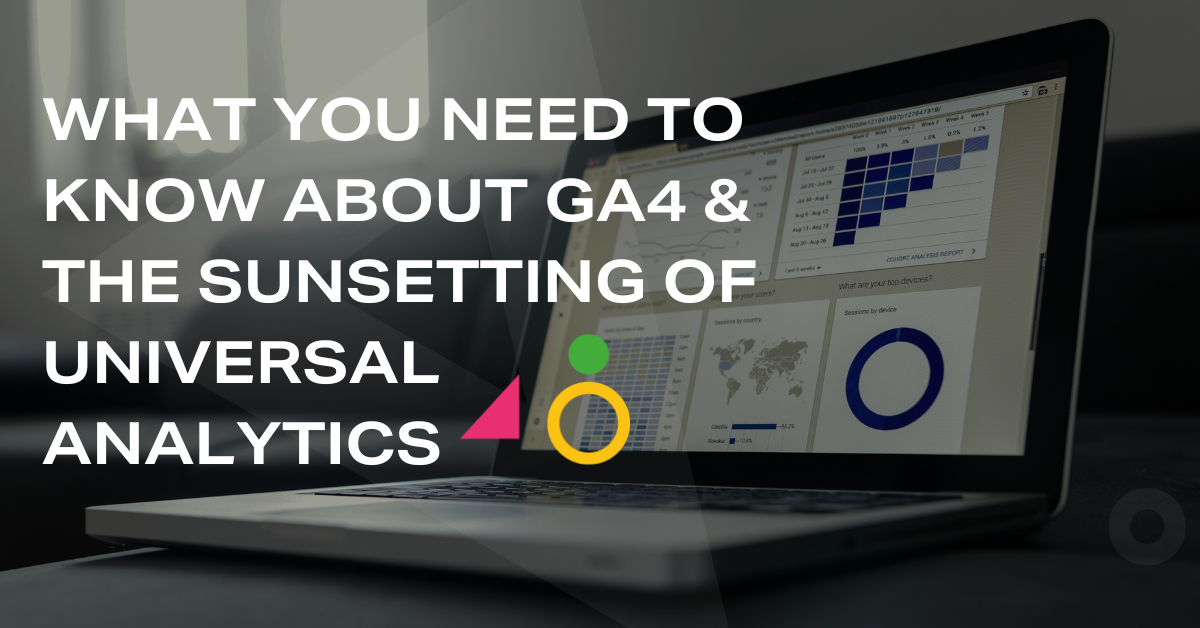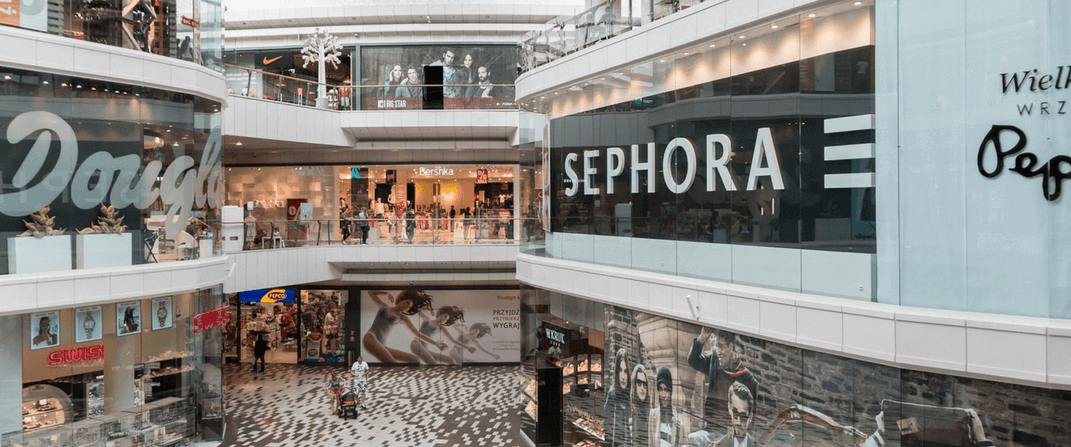
The Rise of Fast Fashion: High Street vs Online Fashion Retailers
This article was first published in 2018, we have updated it in February 2021 to reflect current news. Listen to our latest podcast on the changing face of retail for more.
Yet more high street brands have been in the news recently to announce profits slumps and the closure of a large number of stores across the UK. With Arcadia Group’s collapse, there seems to be a monopoly amongst ASOS and Boohoo acquiring Sir Philip Green’s former empire of high street brands. The behemoth of online, ASOS has acquired Topshop, Topman, Miss Selfridge and HIIT and will be closing all stores with the brands being only available online. While Manchester-based fast-fashion giant, Boohoo has bought Dorothy Perkins, Wallis and Burton from the group. It was only last month that Boohoo also bought the Debenham’s brand and website, meaning more closures on the Great British high street.
In this blog, we explore the contrasting fortunes of established High Street fashion retailers and pureplay ecommerce fashion brands. We also outline some of the ways that fashion retailers can ensure they succeed both online and offline.
The High Street takes another hit
So, let’s take a look at some numbers. Arcadia Group collapsed into administration at the start of December after it couldn’t survive the affects of the COVID-19 pandemic. The numbers were declining before COVID though, with the group reporting a loss of £138m in September 2019 for the previous year, it seems that COVID hitting has accelerated its decline even further to the sad demise of Sir Philip Green’s empire. It’s always sad when a business announces that it’s having to close stores and make job cuts, especially for a business that is steeped in British history and has provided so many brands and jobs to the UK high street. But this sadly is the sign of the times.
The death of the High Street was predicted a fair few years ago, particularly in the wake of the growth of online ecommerce giants like Amazon. ASOS’ growth has certainly hit some fashion retailers hard. However, it’s not just the pureplay brands that are impacting the High Street, as the ecommerce stores of long-standing retailers are seeing a lot of success and unless brands focus on innovating their offline experience, it’s inevitable that their physical stores will suffer.
It was also reported in September 2020, that New Look’s CVA would switch more than 400 of its UK stores to a turnover-based rent model, a three-year rent holiday on its 68 remaining stores, and enhanced landlord break clauses.
This is just a few of the high-profile retailers reporting closures and plunging profits. However, many fast fashion brands and online fashion retailers are seeing an upward curve in sales.
Online fashion brands booming
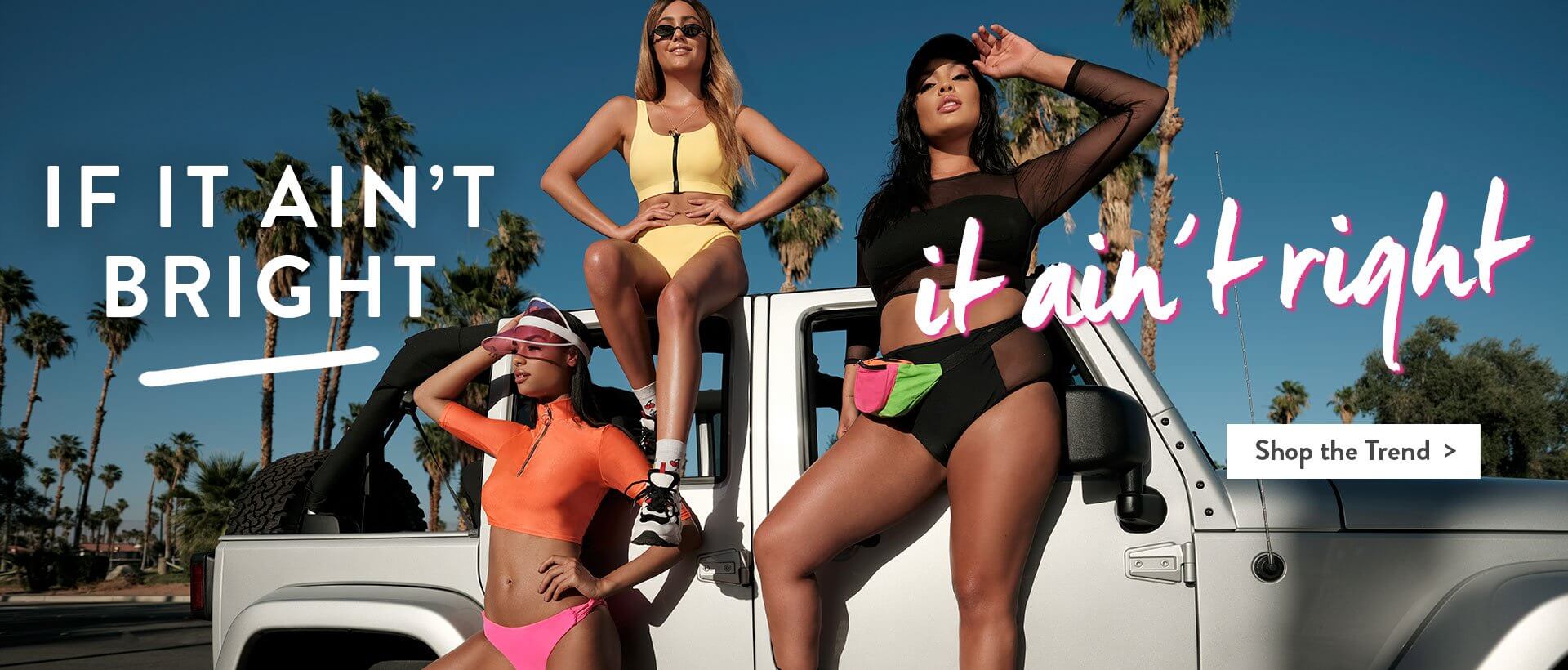
As mentioned above, online fashion retailers like Boohoo are soaring, with it reporting half-year revenue growth of 45% in September 2020, and ASOS’s full-year sales up by 20% to £3.26bn in 2020 showing just how much being online provides a competitive advantage.
The two brands have their finger on the pulse and will bring out new lines almost instantly as they see new trends emerging. They have benefitted from understanding how social media influences shopping habits and implementing what they see in their buying and marketing strategies.
These fast-fashion brands rely heavily on data to inform their buying process and supply chain. Instead of having too much and holding on to it for too long, they’ll use tools that will measure aspects such as influencer impact and social engagement to understand what is trending to help inform product choices and stock management.
Not only are they accurately predicting trends, but they are also acquiring new customers by partnering with pay-later payments services such as Klarna and Laybuy which lowers the barrier to purchasing and tends to increase a shopper’s average order value as they can pay off their total in interest-free instalments.
By incorporating smart commerce into their online strategy, these online fashion brands have a competitive advantage and are equipped to reach new audiences and markets.
Changing retail and ecommerce trends in the fashion industry
So, is this trend just down to a shift in shopping behaviours, with less footfall in physical shops and a preference of consumers to do their shopping online, or is there more to it?
There are obviously lots of different factors that have led to the successful performance of these online fashion retailers, compared with some traditional High Street brands we’ve mentioned, such as the rise in mobile shopping, a generation of young consumers seeking more vibrant and cutting-edge products and experiences, and the ease and convenience of making purchases online. But that doesn’t explain it all. A good online performance, even for some of the more traditional brands we mentioned, won’t necessarily save their bricks and mortar stores.
It’s more about the bigger picture. Putting customer needs first and truly understanding what modern shoppers want. ASOS and Boohoo understand their target audience and many of their strategies are consumer-led. Inclusivity is just one part of this. A key focus on personalisation and integration with social media channels is also important. By growing a loyal, engaged and interactive tribe on Instagram and Facebook, the route to purchase is more focused, compelling and tailored to the customers’ needs.
ASOS has given consumers even more incentives to shop online, using handy sizing tools and features to ease the decision-making process and a generous returns policy that takes some of the fear factor out of buying clothes that may not fit when they try them on for the first time at home.
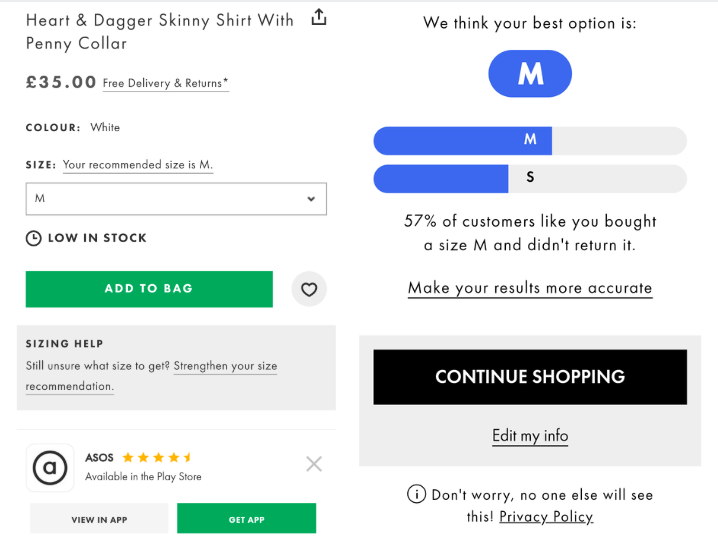
It all makes the online and mobile shopping experience quicker and more convenient. Especially during peak sales periods, such as the Black Friday and Cyber Monday weekend, where lots of great deals are available online without having to face the mayhem and queues at the High Street stores and shopping centres.
What can brands do to improve performance on the High Street?
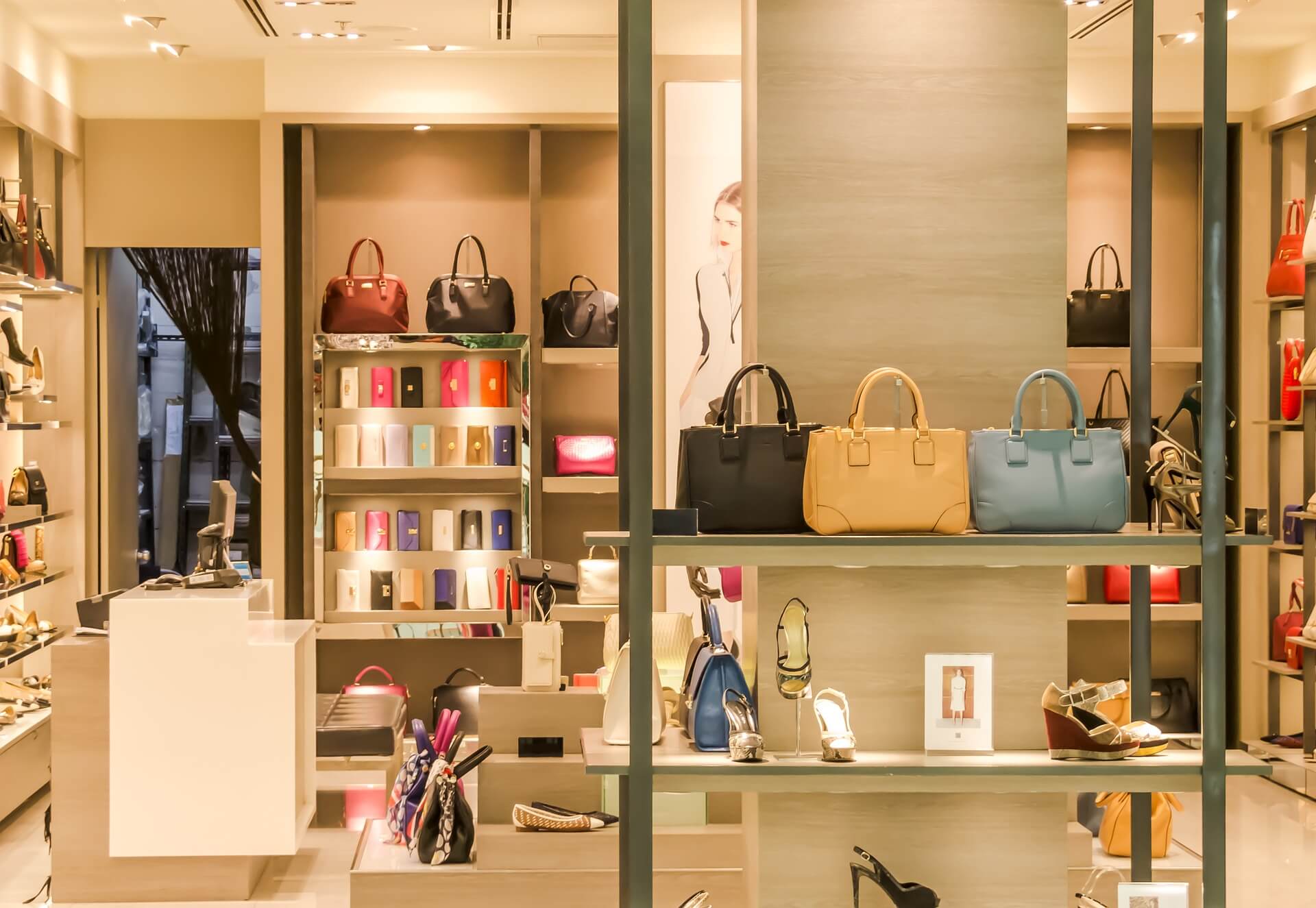
This doesn’t mean that every High Street fashion retailer is facing plummeting sales and store closures. When they are allowed to re-open once COVID restrictions lift, there will likely be a surge in consumer demand wanting to step foot in brick and mortar stores and enjoy the retail experience they have been deprived of for what will be almost a year. There will be shoppers who want to try products on in-store before buying online later. There are plenty of ways to improve your retail strategy to ensure both your physical stores and ecommerce website performance thrives. The key is to take an omnichannel approach and harmonise the online and offline shopping experience.
Here are just a few of the ways you can improve your offline performance with customer-centric, innovative and omnichannel strategies:
Enhance your in-store customer experience by utilising new technologies: Consider technologies like VR and augmented reality to create really engaging in-store experience.
Make payment quicker and easier: Improve customer experience in-store with quick-pay and flexible payment options.
Step up your customer service: Make sure your customer service team and in-store staff can replicate the service and information available on your eCommerce store, whilst empowering staff with apps and other technology so that browsing and buying in-store is as easy and helpful as online.
Exclusive in-store deals: What better way to get people through the door of your bricks and mortar stores than to offer exclusive or unmissable deals that can only be redeemed in-store? Whilst brands often offer sitewide deals and promotions, look after your physical stores with incentives for customers shopping the High Street, utilising geotargeting and store locators to help customers find their nearest store.
Events: This is something that fashion brands are usually good at, but in-store events (particularly around new product launches) are an effective way to not only incentivise shoppers to head to your stores, but it can boost awareness and help to create a buzz on social media channels – especially when leveraging influencers. Why not tie in products and promotions with added incentives, like make-up tutorials, trials or other fashion and beauty offerings.
Single customer view: This is where you can really harmonise your offline and online customer experience. Investing in a platform which offers a single customer view, means retailers and marketers are able to create more relevant and tailored experiences and communications with customers, as offline and online behaviours, preferences and purchase history are pooled together. This enables merchants to create more continuity for customers and enhance marketing campaigns with more granular targeting and personalisation.
Zara is a good example of a fashion retailer which has taken an omnichannel approach and achieved success both online and offline. The business has a unique strategy for competing with online fast-fashion brands, proving that brick-and-mortar retail can still thrive!
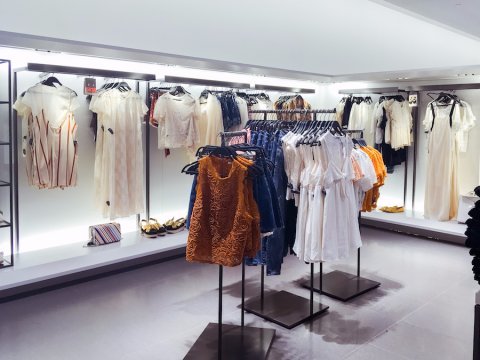
If the new generation of shoppers want to embrace the latest products and trends, with their thirst being driven by social media activity and influencers, fashion retailers need to evolve and innovate in-store and online. Zara has succeeded in keeping up with the expectations of consumers inspired by fast-fashion, with tactics such as:
- Regularly rotating and refreshing its store layout, shop window displays and mannequins
- Creating beautifully shot products and editorials, both online and offline, promoting urgency in consumers to visit stores regularly
- Using discounts sparingly and for limited periods, especially for new products, to uphold brand reputation and integrity, plus to ensure more regular purchases and visits rather than buying patterns based around peak periods
It’s about perception too. Nivindya Sharma, Director of Retail Strategy and Insights at fashion forecaster WSGN, stated: “By bringing in regular but low volumes of products, Zara maintains regular levels of newness but creates perceived scarcity, creating demand for its newness.” (Quote & image source: Business Insider – http://uk.businessinsider.com/zara-is-beating-hm-in-fast-fashion-2018-6)
Summary
So, it’s not all doom and gloom for the High Street and traditional bricks & mortar fashion retail brands. Retailers just need to be more innovative and take an omnichannel approach to their strategy, to ensure both their online and offline stores thrive. This doesn’t mean abandoning your principles or brand ethos, retailers must adapt and learn from fast fashion and the changing needs and behaviours of the modern shopper.
Related content:
- How to Harmonise the Online and Offline Shopping Experience
- How to Create an Omnichannel Personalisation Strategy
- How to Win at Omnichannel Retail: Lessons from 5 Top Fashion Brands
If you want to learn more about omnichannel commerce, talk to one of our expert strategists and see how we help you to plan an effective omnichannel strategy!
Space 48 is an award-winning eCommerce agency that works with global, forward-thinking retailers. It blends customer experienced focused solutions with unbeatable eCommerce technology to amplify the revenue companies can generate online. Space 48 is trusted by various platforms including BigCommerce, Magento, Shopify, Shopware and more, in order to deliver exceptional eCommerce experiences for consumers. If you have any questions about anything discussed in this blog or if you’d like to chat a project through with us, get in touch.


